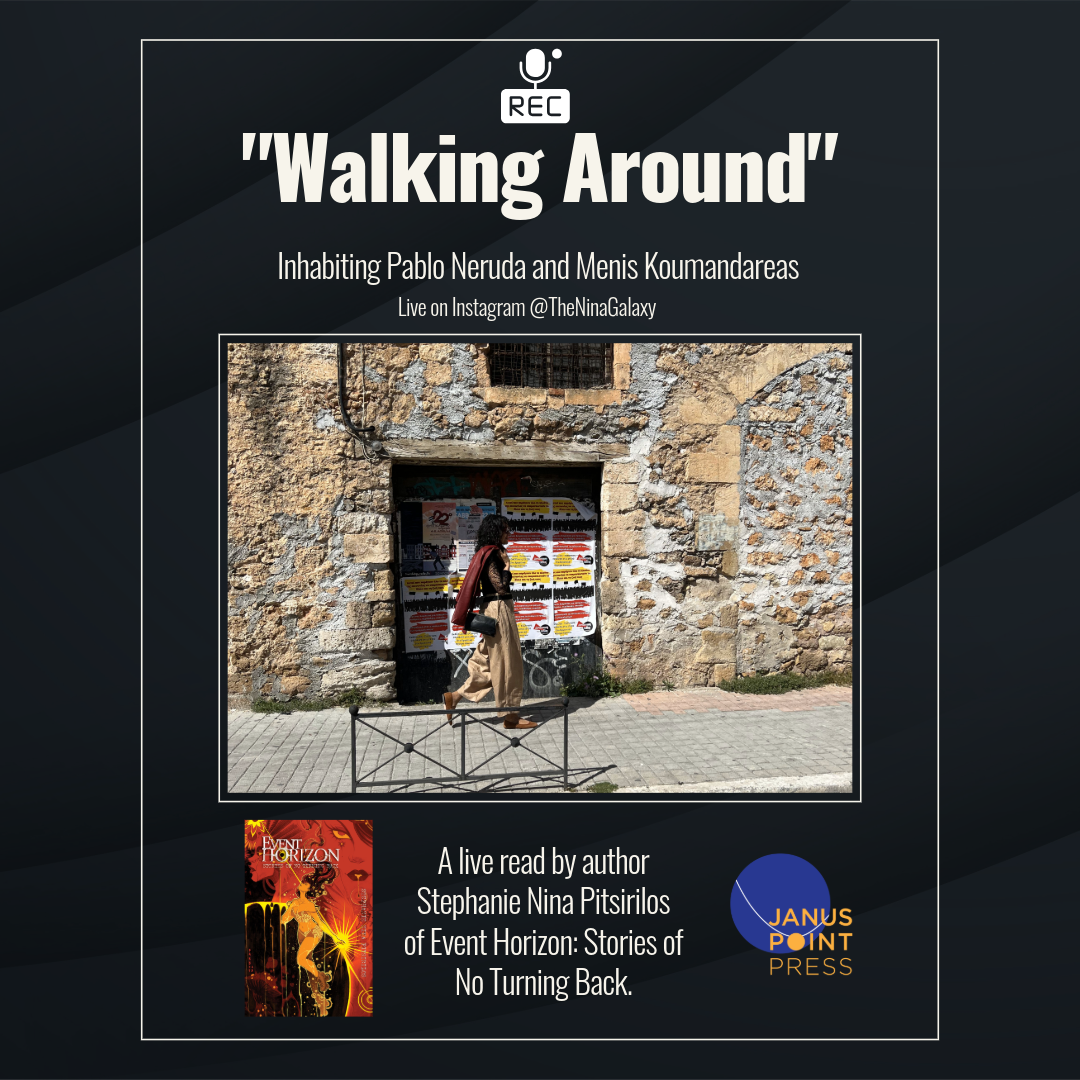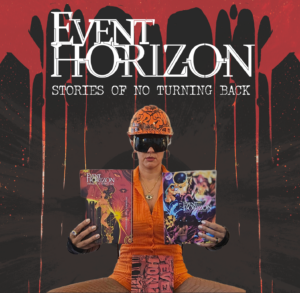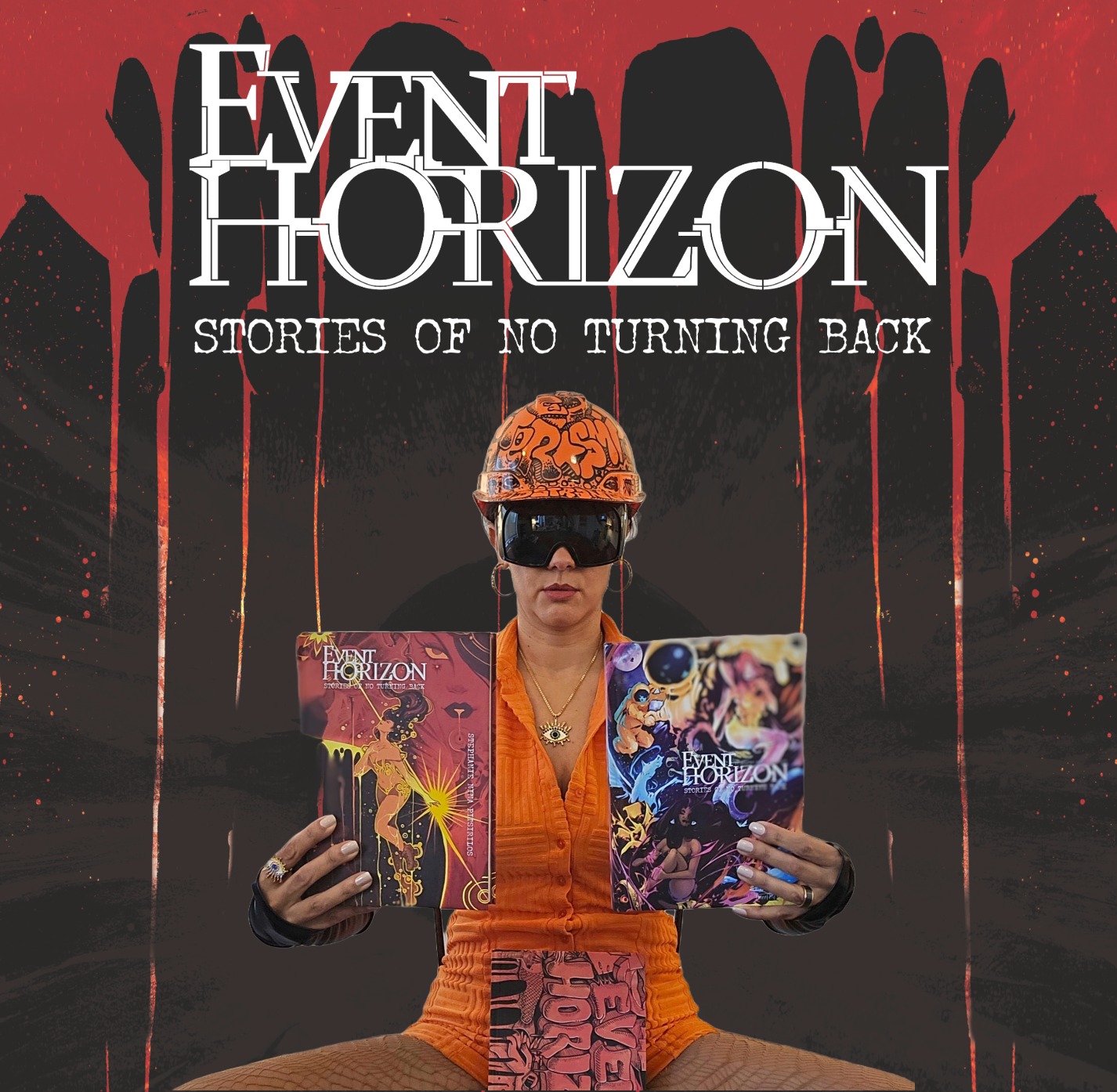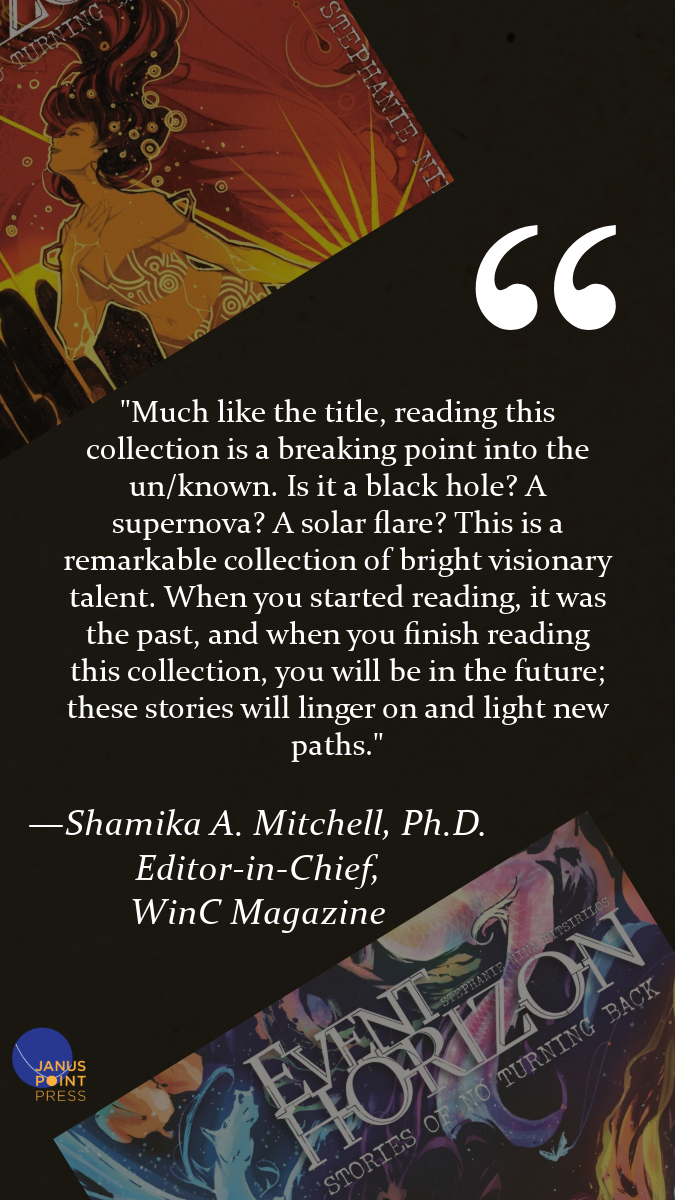Got the “summer is ending” blues?
Don’t despair. Summer never ends on Venus.
Here we go again. Uploading the preorder Kickstarter campaign tomorrow, prelaunch link will go live just a few weeks before Sept 15th. Which we guess is soon.
This is a bookmark (literally). Cover art (and trailer) is coming early September. Stay tuned.
A novel this time.
Literary Fiction>>Women’s Fiction>> Romance Science Fiction>> Soft Cyberpunk
Music Credit: from Microsoft Clipchamp: “It’s Like, a Dystopian, Cyberpunk Vigilante on a Motorcycle”
Video our own
















